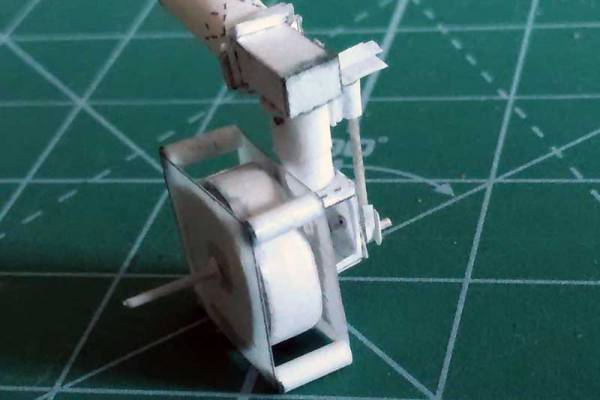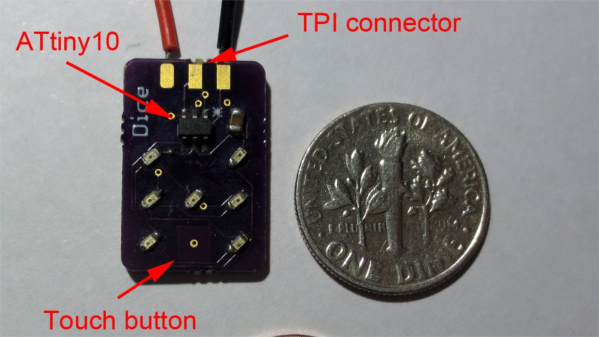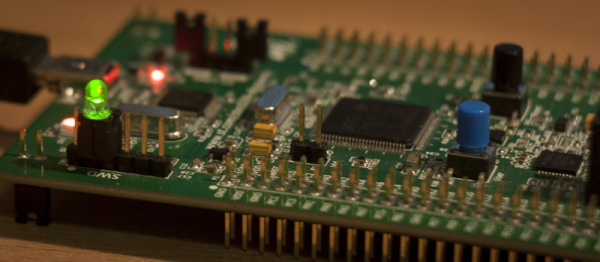The early electronic synthesizers were huge machines, racks of electronic modules that filled entire rooms. Integration of electronics over time successively reduced them, first to the size of a large piece of furniture, then to tabletop consoles, to standalone keyboards, and to small MIDI black boxes taking their instructions from another instrument or a computer. The original mass of discrete electronics had been reduced to a pile of ICs, then chipsets, then finally single ICs and software implementations on microcomputers.
It’s thus possible to make a synthesizer these days that is pretty small. If you can fit a microcontroller in it, you can fit a synth into it. But how about a playable synthesizer? One with a keyboard, on which you can give a recital? How small can you make one of those? [Jan Ostman] has a contender for the smallest playable synthesizer prize with his Tiny-TS, a credit-card synthesiser with a one-octave capacitive keyboard and analog controls for synthesis parameters.
The heart of the synth is an ATMega328, for which he provides the software. The parameters adjustable by a series of pots are listed as DCO: Coarse pitch and Double, DCF: Filter peak and ENVmod, and ENV: Attack and Release affecting amplitude. You can build your own, or he tells us that he has the project up as a Kickstarter campaign if you fancy the chance of buying one ready-made.
In case you are wondering, it doesn’t sound too bad. Some minimalist synths sacrifice the breadth of sounds they can create, but not this one. He takes it through its paces in a YouTube video which we’ve put below the break.
Continue reading “Tiny-TS: Just How Small Can A Playable Synethesiser Get?”



















